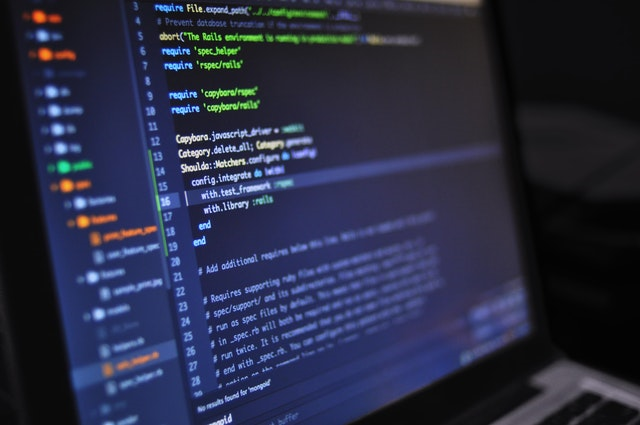In this technologically driven world, hackers are way forward than software updates. The attack or control of the software can be called malware. As the word ‘malware’ is combined through the words ‘malicious’ and ‘software’. This malware is enabled to access the networks for the purpose of theft, shortages, or espionage. There are many types of malware that strike in different platforms and here in this, we are about to look for one such crucial malware.
When you are working on your computer and when all of a sudden text flashes across your screen, it says you can not access the files on your computer unless you pay a price or ransom. You are now the victim of malware called Ransomware. These are the type of malware that takes your computer hostage, encrypting files so you can not access them unless you hand over a ransom.
There are some ways that this malware can get into your system. You might have clicked a link from someone you do not know or maybe you download a fake update software on your computer, then with no doubt, it is the hackers who are eager to attack your system and its software.
However, hackers do not want you to download their malware. They just need to find a loophole in your computer’s defenses so they can lock it down and damage your device, and that’s what happened in the global WannaCry attacks. The hackers exploited a backdoor in the older versions of the windows OS (Operating System) and the malware spread across the network computers. Anyone who had not updated their Windows OS was vulnerable, as this kind of attack is new and it has been around since the year 2000s.
The ransomware really took off after the invention of Bitcoin. Bitcoin is nothing but an Internet currency that can be swapped anonymously online. Most of the malware like this demand payment in bitcoins. Hackers ask for relatively small amounts and give clear instructions so the organizations or individuals are more likely to pay up. More than four thousand ransomware attacks happen every day and they are only getting more frequent. Hospitals, Police stations, and fire departments are the prime targets for such kinds of attacks. Why Cybercriminals know that the smallest disruption to the systems can cause serious, even life-threatening situations.
How can the organization obtain its information after the malicious attack?
The organization can make some ransom and should ensure the attackers should give an assurance to release all the data which they have hacked. More than 300 Wanna Cry victims have taken that option so far, but some experts state this gives the hackers an incentive to strike again. Yes, there is a highly probable risk that they might ask for more ransom as they cybercriminals after all.
How to restrain such malicious attacks?
At Technoroll we shared the ways to prevent and not permitting to invade such software infections. They are as follows:
- Ensure that the organizations heal the OS (Operating System) and to get updated and to be in the present so that it will be uncomplicated to solve the vulnerabilities.
- Be very conscious of installing any software or updates related to it and ensure that what is exactly and how it reacts before you permit the managerial rights.
- The organizations which handle numerous desktops or any machines related to it must be so keen on installing antivirus software that scans and spots malicious attacks as it protects the unauthorized applications without getting suspended in the first place.
- Be certain on file back-up more constantly and ensure it is automatically progressed. This cannot be the best solution but still, the seriousness of the malware attack will be lesser.
- An organization should be focused on not clicking any unnecessary links or not to open any email attachments which appears on the screen from unknown clients or senders, because that might be the attack or moment the attackers are awaiting to hack the machines.
- The passwords should be very hard and to be kept highly confidential so that it may create frustrations for hackers to crack your login credentials.
These are the possible and practical primary precautionary measures an organization can take before the malicious activities take place in the software.
Consequences faced without paying the ransom
To date, there is no such option that an organization can obtain back their confidential data without any contribution of ransom. But if an individual or an organization is not interested to pay any ransom these are the few restraint possibilities that may not satisfy all. They are:
- The organization can hardly depend on a cybersecurity expert to rectify these malicious attacks, but there are only fewer possibilities to get solved and obtain back the data.
- The other barely possible course of action without paying the ransom for this attack is to erase all the files and data which must be a tough decision yet without paying for hackers an organization can access its systems. If the files have been backed up frequently in such scenarios the loss will be lesser.
Final Words
Thus without paying a ransom for the software that has been targeted and struck by the hacker they will not release the malware back to the users.





